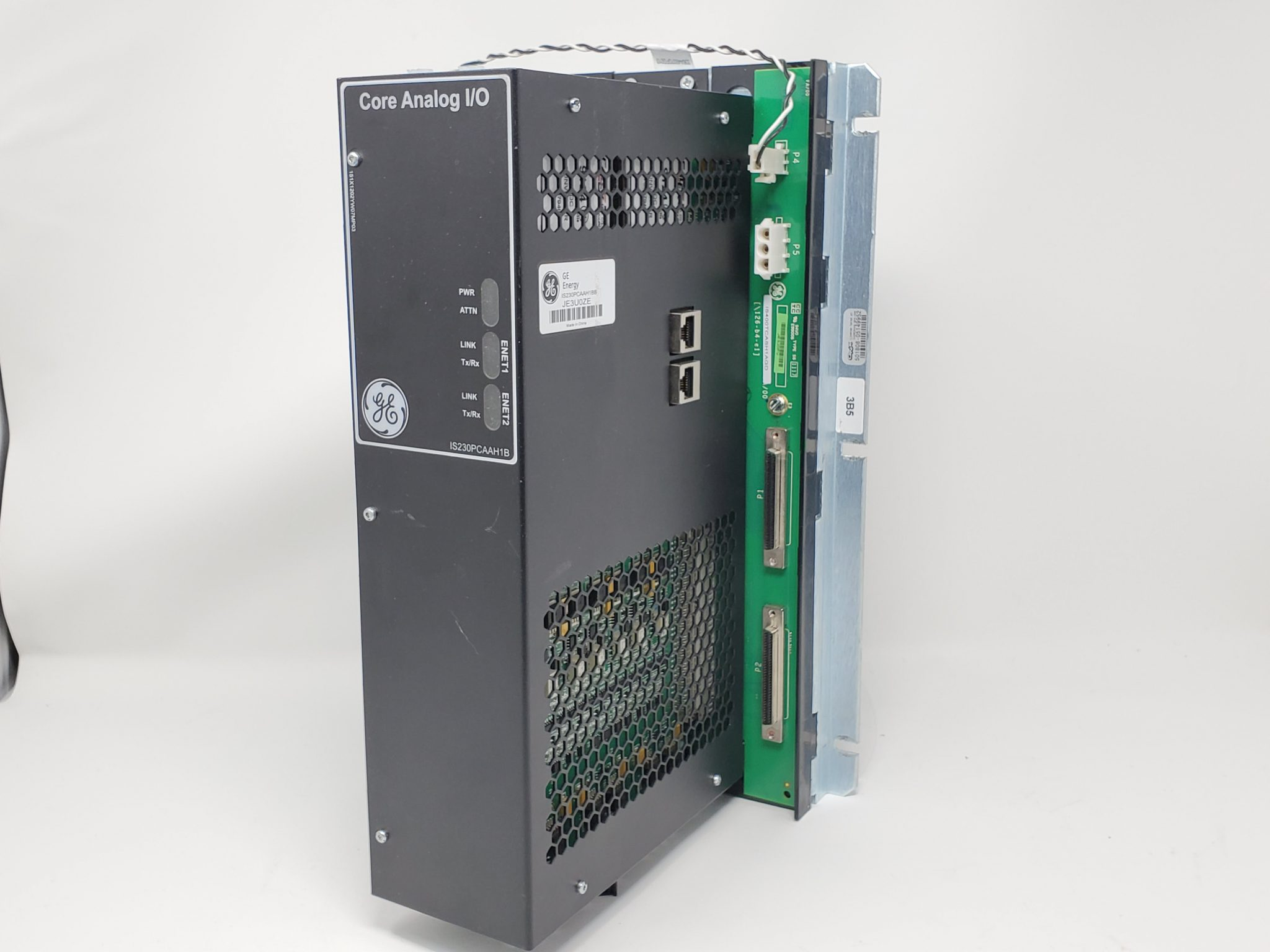
Instrumentation Lessons: Selecting and Sizing Flowmeters
Designing for now versus the future
Typically, designers size plants to handle increased flow capacities for 20 years. For this reason, designers often oversize pipes for early lifecycle flow, and there is a corresponding settlement inside the pipe. This settling can also occur in the inner liner of the meters. Because these meters are velocity-sensing devices with an assumed constant cross section, they will give a false reading if the inner liner becomes coated with sludge.
A solution may be to reduce the size of the meter to increase velocity by using a pipe reducer on the inlet side and a pipe expansion section on the discharge side of the meter. If possible, avoid connecting the reducer and expander directly to the meter. Manufacturers recommend that when you reduce the pipe, the flowmeter should be placed a minimum of six to 10 pipe diameters upstream from an elbow or valve and at least two pipe diameters downstream of a pipe elbow or valve. This provides a less distorted flow profile for the meter to read.
Be certain you can afford to lose the pressure head when you reduce the meter size. Maximum velocities should not exceed 15 ft/s. By maintaining a minimum scouring effect inside the pipe, your sludge buildup inside pipes and any inline equipment will diminish, helping avoid measurement errors and costly maintenance downtime.
Other common flowmeter traps and pitfalls
Some people ask for the accuracy of a certain flowmeter, level, or pressure-measuring device and, upon hearing a low number, think that everything involved with the flowmeter will be of the same accuracy. However, the meter accuracy is not the accuracy for the entire flow system. A mathematical equation known as the root mean square (RMS) correctly determines the accuracy of the complete system. Consider the case of a magnetic flowmeter that records flow locally, sending an analog signal to an operator’s workstation via a programmable logic controller (PLC).
One must look at each component’s accuracy:
magnetic flowmeter (±0.5%)
magnetic flowmeter transmitter (±0.5%)
wire connection to the recorder (±0.01%)
wire connection to a local control panel terminal block (±0.01%)
the input/output (I/O) card of the PLC (0.4%).
Each component in the system has its own measurement errors and uncertainties that contribute to the overall accuracy of the complete system. In real cases, there could be more components attached to a control system.
To use the RMS method, first square each number, yielding 0.000025, 0.000025, 0.00000001, 0.00000001, and 0.000016. Second, add the numbers. Then find the square root of the sum. The entire system has an accuracy of approximately ±0.00813, or ±0.813 percent instead of 0.5 percent. This accuracy equation works for any individual chemical, pressure, level, temperature or flow loop.
Looking ahead
Remember that no two flow measuring applications are the same. Each has its own unique flow characteristic, range, and accuracy requirements. It is always important to review the expected operating envelope to determine the normal and extended operating ranges to be measured before sizing any flowmeter.
Once the requirements are known, any accuracy, repeatability, or rangeability specifications for possible flowmeter products should always be carefully reviewed. Two nearly identical flowmeter products can have similar sounding accuracy and different details about how the accuracy is measured.
Regardless of the application, it is always recommended to carefully review the requirements and manufacturer literature regarding accuracy and to consider the range, repeatability, turndown ratio, installation requirements, and other aspects. These details make the difference between a well-specified flowmeter and a measurement system that has issues.
Also, depending on the application, it may be worthwhile to do more advanced simulations, to perform RMS error analysis, or to look at installed examples. Lastly, do not be afraid to make use of application engineering services offered by most leading flowmeter vendors.
Like many things in life, it is worthwhile to do some homework when it comes to sizing and selecting flowmeters. It always pays to do the background work up front to ensure that a flowmeter is able to measure the flow and meet the needs of the application.























.jpg)












































.jpg)
.jpg)





.jpg)



.png)
.jpg)

.jpg)
_lVjBYb.jpg)

.jpg)
.jpg)



.jpg)
.jpg)







.jpg)

.jpg)
.jpg)











.jpg)





